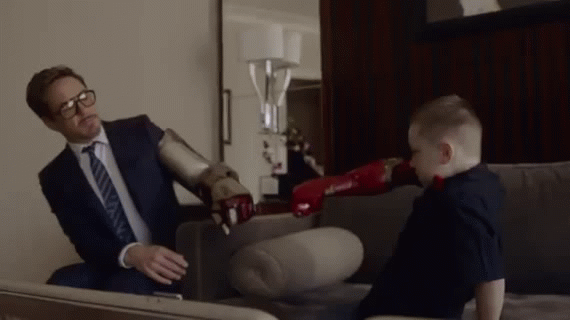With the Apple watch already outselling all of its competitors in less than a year on the market, smartwatches are here to stay, in part because as consumers, we’ve grown accustomed to accessing a range of personal health metrics on our wrists.
While tracking daily steps or sleep cycles can lead to improved individual health, fitness trackers are only the first wave of wearable tech devices aimed at transforming healthcare. The wearables market is expected to swell to more than 160 million units shipped in 2020, and among the rising tide we can expect to see wearables aimed at aiding healthcare professionals as much as the individuals who wear them.
Here are five exciting wearables poised to revolutionize healthcare:
Wearable health patches
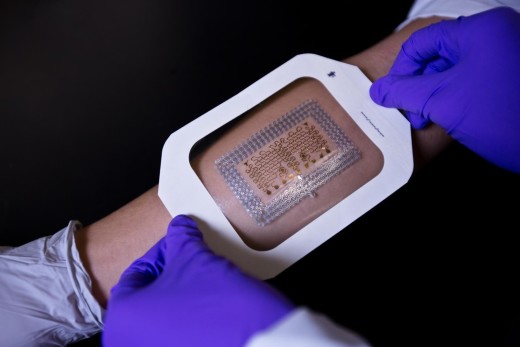
Ultra thin wearables that adhere to the skin like tattoos to monitor vital signs might sound like science fiction, but they’ve been around for a few years now. Until recently, the trackers were prohibitively expensive and time consuming to make. But researchers at the University of Texas have developed a “cut and paste” method for affordably producing these trackers in just 20 minutes. The process involves cutting pieces of metal on polymer adhesives and printing electronics onto the adhesives.
While these patches aren’t yet widespread in healthcare settings, this latest breakthrough could make them more readily available as a way for doctors to track patient vital signs, heart rate, muscle movement and more.
Google Glass
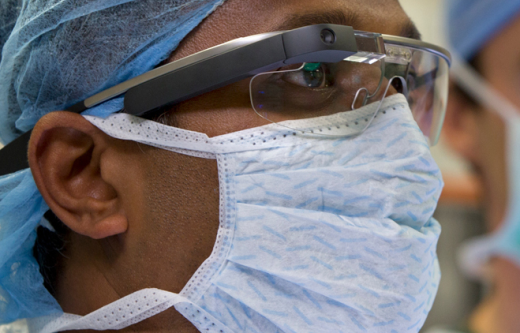
While the consumer version of Google Glass was an epic fail, its reincarnation as a potentially life-saving tool in the emergency room is exploring exciting new territory for the computerized lenses.
Hospitals across the country are adopting the technology in myriad ways, from livestreaming operations for teaching and training purposes, to using voice commands to aid surgery. Having a virtual pair of eyes in the OR allows doctors to collaborate, remotely monitor residents, and access patient data more readily.
Glass also offers a pay-it-forward benefit for healthcare. For instance, last year Dr. Selene Parekh at Duke Medical Center livestreamed an ankle replacement surgery to thousands of doctors in India, where medical practices lag years behind the United States.
Once the hardware and software is tailored specifically for medical applications — privacy issues are still a roadblock — we can expect to see Glass as often as the stethoscope.
UNICEF Kid Power
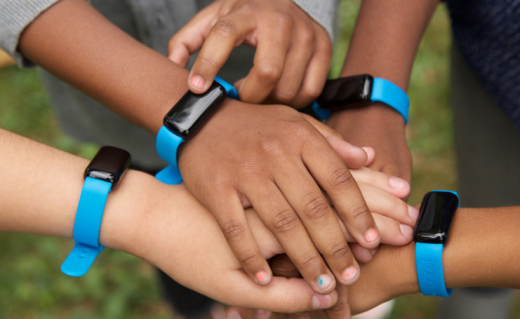
The recent partnership between UNICEF and Target aims to get American children moving more, while simultaneously saving the lives of malnourished children around the world. Every purchase of the $39.99 fitness band from Target will initiate a $10 donation to UNICEF.
The fitness tracker and accompanying app is structured like a game, encouraging kids to reach fitness goals while learning about other cultures. Users can “unlock” therapeutic food packets that UNICEF then delivers to malnourished children in developing countries.
Smart contact lenses
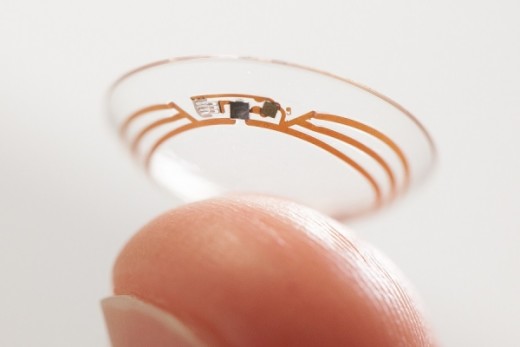
Google’s passion for bringing tech to eyes doesn’t stop with Glass.
Google X is partnering with Swiss drug maker Novartis on an ambitious project that aims to restore the eye’s autofocus abilities through a smart contact lens. Sensors in the lens could track health metrics through the user’s glucose levels in their tears. In addition to correcting age-related long sightedness, a version of these smart lenses could be a breakthrough tool for diabetics to track their blood sugar levels.
Prototypes are on track for human testing by 2016.
Empatica Embrace
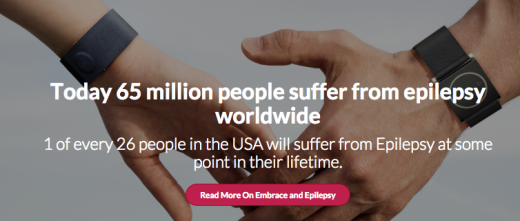
Developed by scientist and MIT professor Rosalind Pickard, the Embrace is a wearable health tracker designed specifically for people who suffer epileptic seizures. In addition to tracking physiological stress, sleep and activity, the sensors can detect oncoming seizures and automatically inform a caregiver.
This is a game changer for treating epilepsy, and potentially other diseases, including Alzheimer’s and Parkinson’s, where data collection is key to finding new treatments.
A healthier future
From smart “tattoos” to contact lenses to wristbands that track potentially lifesaving data, the healthcare industry is undergoing a digital Renaissance thanks to nanotechnology and wearables. It’s exciting to live in a world where technology and healthcare are merging to provide care solutions and potentially even cures to illnesses that have plagued humans for millennia.
Get the TNW newsletter
Get the most important tech news in your inbox each week.
